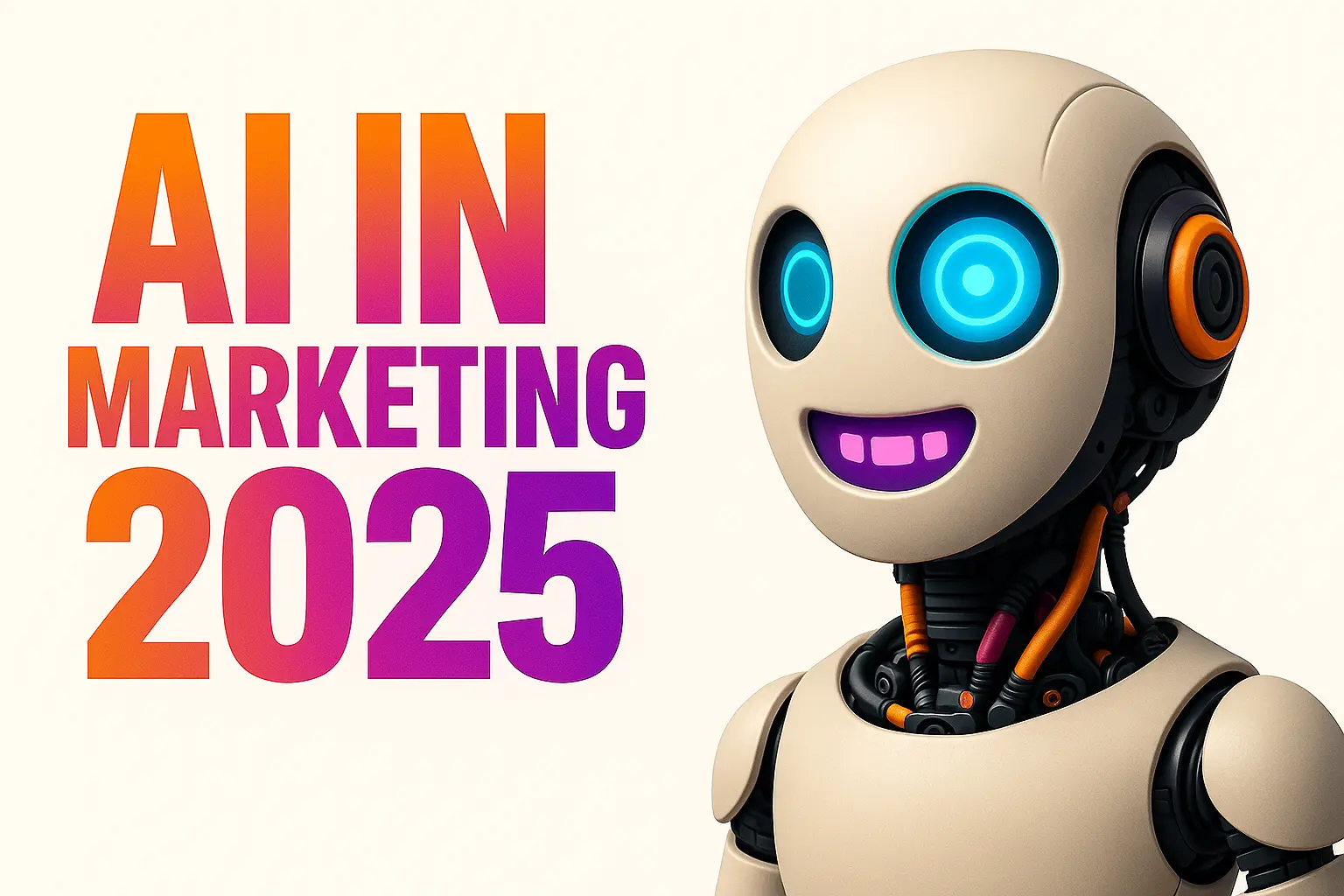

By 2025, artificial intelligence isn’t just a shiny new toy in the marketing world—it’s the default. According to HubSpot’s 2025 State of Marketing Report, 84% of marketers now use AI tools daily, from generating ad copy to running A/B tests at scale. AI promises speed, efficiency, and real-time optimization. But here’s the brutal truth: AI is not a replacement for human marketers—and treating it as such could quietly bleed your business dry.
AI has fundamentally reshaped how brands approach their marketing. Some of its biggest strengths include:

AI platforms like ChatGPT, Jasper, and Copy.ai can produce content up to 80% faster than traditional workflows (Gartner). Midjourney and RunwayML create ad-ready visuals in seconds.
Why it matters: Faster content production means more campaigns, more testing, and the ability to respond to market trends in real time.
Google’s Performance Max and Meta’s Advantage+ can process millions of signals per second, optimizing audience targeting and bidding in ways no human team can match.
Why it matters: Brands see 15–30% lower cost per acquisition (CPA) when leveraging AI-driven bidding compared to manual campaign management (Wordstream).
AI-driven platforms like Klaviyo, HubSpot, and Omnisend automate behavioral segmentation and dynamic content. Personalized email campaigns have been shown to deliver 6x higher transaction rates (Campaign Monitor).
Why it matters: Every customer feels like your #1 priority—without your team manually segmenting thousands of contacts.
While AI is powerful, its weaknesses are exactly where revenue is made or lost.

AI is predictive, not creative. It writes based on patterns—not personal experiences, emotional understanding, or cultural awareness.
AI can suggest actions, but it can’t:
McKinsey found that AI-led campaigns without human oversight saw 26% higher volatility in ROI, especially during market changes.
AI is limited to the data it’s been trained on—it can remix, but it can’t invent the next “Got Milk?” or Apple’s “Think Different.”

Going all-in on AI without expert human control is like giving a Ferrari to someone who’s only driven a golf cart—it’s fast, but you’re one wrong turn away from disaster.
Forrester predicts that companies over-relying on AI without human strategy will lose up to 20% of potential revenue by 2026 due to poor targeting, misaligned messaging, and brand erosion.
The winning formula in 2025 isn’t AI or humans—it’s AI supercharged by human marketers who know how to aim it.
Here’s what that looks like:
Brands using this hybrid model see 2–3x ROI improvements compared to AI-only or manual-only teams (McKinsey, 2025).
At Digital Marketing Alive (DMA), we don’t just “plug in” AI and let it run. We:
The result? AI-level speed with human-level precision—campaigns that not only perform, but build long-term customer loyalty.
AI is the most powerful tool in the 2025 marketer’s toolkit—but it’s still just a tool. Without human strategy, creativity, and oversight, AI is like a GPS without a destination: fast, efficient, and completely lost.
Your next marketing win won’t come from AI alone—it’ll come from the marketer who knows how to wield it.
Want to see what human-led AI marketing could do for your business?
Book Your Complimentary Strategy Call and let’s map out your revenue-ready plan.